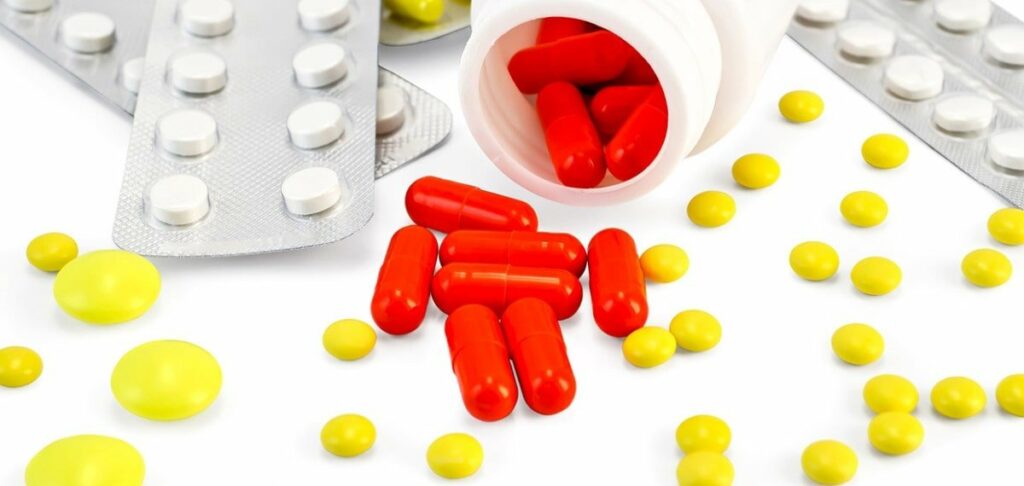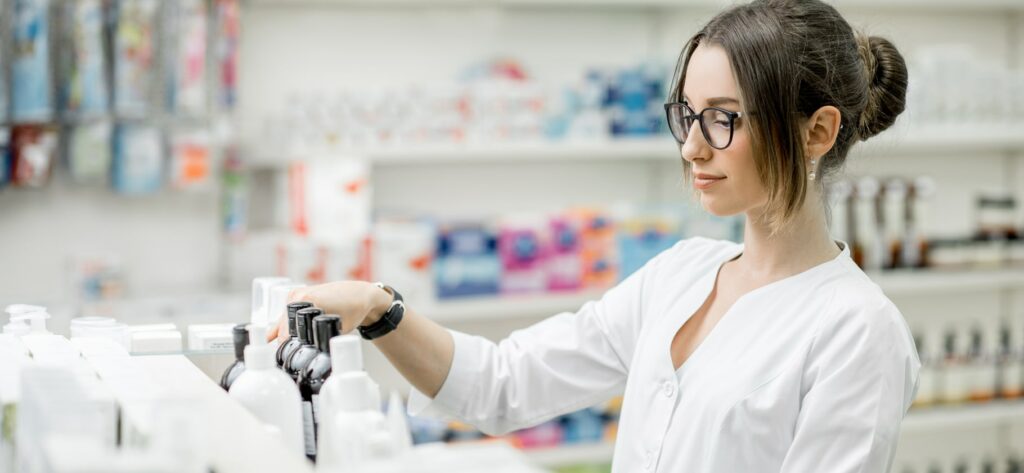
For a customer to want to buy something that might interest him, he has to see it. For this reason, merchandising for front-desk clerks includes three components:
- laying out the drugs;
- pharmacy design;
- attitude towards customers.
Let’s focus on display and immediately stipulate that we are not talking about a prescription group that cannot be placed on the counter.
You’ll scare the customer if you put it all out there!
Here it is important not to make the main mistake of most pharmacists: they put everything on display. However, the abundance of medicines in the pharmacy scares customers. Among the clutter of drugs, the client will still not find the one he needs, and will be forced to turn to the front desk. But in this case, he will only ask about what he plans to buy!
What is the purpose of such a display if it does not help customers? Why not display only those drugs that are advertised and therefore known to them? Each pharmacy has 20-40 such drugs, i.e. those that have a steady demand. These are the ones that should be visible to the buyer. The question arises: how to place them so that they are visible?
The “33 centimeter rule” and the height of the buyer
For everyday goods there is a rule of “33 centimeters”, which states: one product must occupy 33 centimeters on the display case, otherwise a person may simply not notice it. In other words, if you put one package of a drug, it will be ineffective. 4-5 packages are much more noticeable to the visitor. If there is not enough space, you can use a vertical block: put the packages on top of each other, pyramid, corner. Also do not forget about the height of visitors. The average height of a person – 160 centimeters, and the lay-out at this level is considered the best. The lower the product is located, the worse it can be seen.
The best shelves for the most popular products!
Often the most expensive drugs are placed on the best places – at eye level – with the justification that this enhances the image of the retail outlet. This is wrong. Expensive products with low sales should be placed on the top shelves. In this way you will both create a certain image and free up the best shelves.
But what should be placed on them? Let’s take an example of a popular product that sells 100 packs a month when placed at eye level. Moving it to the top shelves will reduce monthly sales by 40 packs, and to the bottom shelves by 60 packs. Losses for a non-traveling product of roughly the same value are much smaller. For example, placed at eye level, it sells 10 packs per month. If you move it to the top shelf, you sell 4 fewer and 6 fewer packs on the bottom shelf.
Thus, placing popular drugs on the best shelves is cost-effective, while placing other drugs on the best shelves is unprofitable.It should be noted that it is recommended that the best-selling drugs or information about them be placed near the cash register to increase the likelihood of impulse buying.
Do price tags play a role?
Absolutely. This seemingly small thing influences the perception and vision of customers. You cannot skimp on price tags! Handwritten, dirty, poorly readable, they do not give the visitor the impetus to buy. Often people do not ask the price, afraid to hear the price they cannot afford for the product.
There should be price tags:
- are clearly marked and clearly visible;
- do not cover brightly colored elements of product packaging or valuable information;
- are arranged in such a way that it is very clear to the buyer which price tag refers to which drug;
- The positioning of price tags should take into account the angle of view of customers.
These guidelines can help a pharmacy increase sales and help visitors navigate and buy what they want faster.
Bogdan Kidon
Read also: Two major pharmacy merchandising mistakes. A pharmacist’s note
Shutterstock/FOTODOM UKRAINE photos were used



